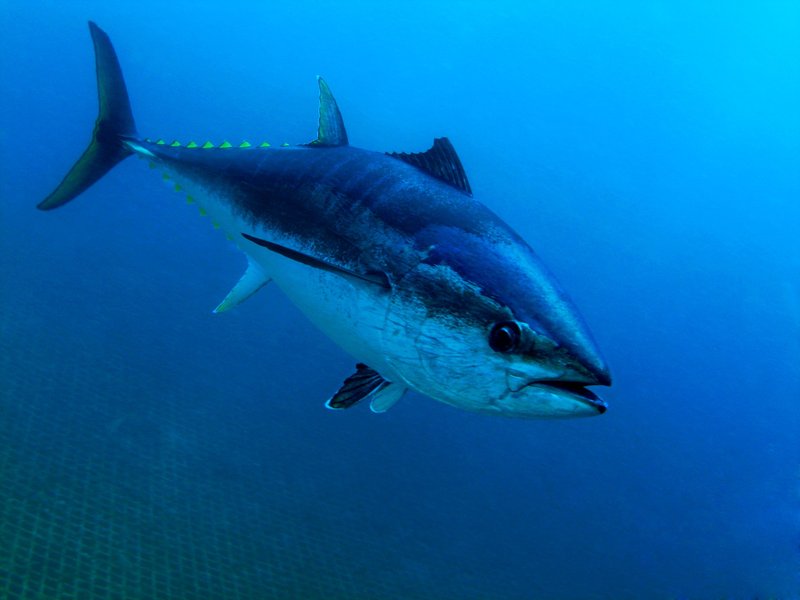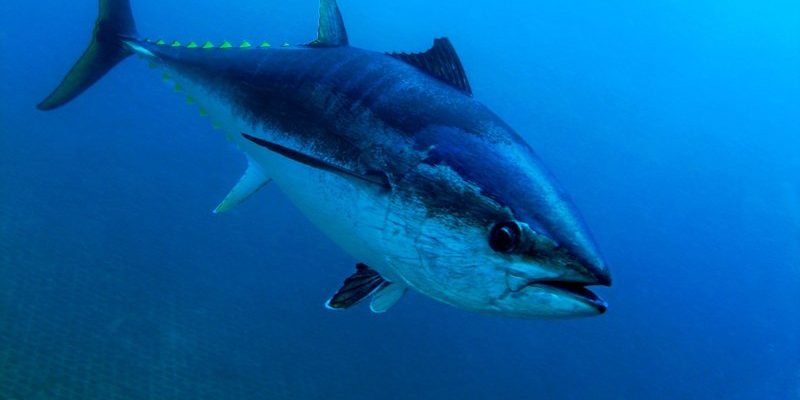
Picture the bluefin tuna as the rock star of the ocean. They’re not just big; they’re also incredibly valuable and a critical part of the marine ecosystem. Understanding how to safely interact with these magnificent fish is essential—not only for our safety but also to ensure the preservation of their population. So, let’s dive into this fascinating world and explore how we can appreciate and interact with bluefin tuna in a respectful and safe manner.
Understanding Bluefin Tuna Behavior
To safely interact with bluefin tuna, we first need to grasp their behavior. Bluefin tuna are known for their incredible speed and agility. They often swim alone or in small groups, darting through the water with grace. These fish are typically found in deeper waters, so it’s essential to understand that encountering them face-to-face requires knowledge of where they like to hang out.
Bluefin tuna are also quite sensitive to their environment. Stress factors like noise, pollution, and overfishing significantly affect their behavior. Honestly, when thinking about safe interactions, one of the main takeaways is to respect their space. Approaching them too quickly or aggressively can lead to distress, potentially harming the fish or provoking a dangerous reaction.
Additionally, bluefin tuna are not social creatures like dolphins or some species of sharks. They don’t enjoy playful interactions, so it’s best to adopt a ‘hands-off’ approach. Imagine trying to pet a wild animal in the forest—it’s probably not a good idea! The same applies to bluefin tuna; interactions should prioritize their comfort and safety.
The Dangers of Human Interaction
While the idea of swimming with bluefin tuna sounds thrilling, it’s crucial to consider the risks involved. First and foremost, these fish are incredibly large, with some individuals weighing up to 1,500 pounds. That’s like trying to share a small space with a truck! Their size and speed can be intimidating, especially if you’re in the water.
Another danger comes from the fact that bluefin tuna are wild animals. Aggressive behavior can result if they feel threatened. For example, if a person gets too close or tries to touch a tuna, it may react unpredictably. You might be wondering, “What if I’m just observing?” Even from a distance, it’s best to keep a respectful and safe space between you and these powerful fish.
Moreover, there are environmental factors to consider. In many places, bluefin tuna populations are dwindling due to overfishing and habitat loss. By encroaching on their territory, humans may be negatively impacting their chances of survival. It’s essential to think beyond our immediate desire for interaction and consider the broader implications of our actions.
Best Practices for Safe Interaction
If you’re keen on safely observing bluefin tuna, there are several best practices to keep in mind. First, consider **observational activities**. This could involve watching them from a boat or participating in a snorkeling tour led by experienced guides. They understand these fish’s behavior and can help ensure that interactions remain safe and respectful.
It’s also wise to keep your distance. Many experts suggest staying at least 15-20 feet away from bluefin tuna. This distance allows you to observe their stunning movements without making them feel uncomfortable. If you’re out on a boat, try not to chase after them; the best experiences often come from simply waiting for them to swim by.
Another tip is to educate yourself about bluefin tuna conservation. Understanding their role in the ecosystem can foster a deeper respect for these creatures. Plus, sharing your knowledge with others can help raise awareness about the need to protect them. This way, your interactions become part of a broader effort to respect and conserve marine life.
Conservation and Sustainable Practices
Speaking of conservation, it’s vital to understand how human interactions impact bluefin tuna populations. Overfishing has dramatically decreased their numbers, prompting organizations to establish sustainable fishing practices. Choosing to support restaurants and markets that promote sustainably sourced seafood can make a significant difference.
You might also consider joining or supporting conservation organizations dedicated to protecting bluefin tuna. These groups often work tirelessly to raise awareness, create safe habitats, and lobby for marine protection laws. By becoming involved, you can help ensure future generations have the chance to appreciate these magnificent fish just as we do today.
In addition, participating in citizen science projects can be a great way to contribute. Many organizations invite individuals to help collect data on bluefin tuna sightings, population health, and breeding grounds. Your observations could aid in crucial research efforts aimed at preserving these species.
What to Avoid When Interacting
While we’re talking about safe interactions, it’s equally essential to know what to avoid. First on the list is **touching or attempting to catch** bluefin tuna. These fish are not pets! Attempting to grab or handle them could cause stress, injury, or worse.
Also, try to steer clear of feeding bluefin tuna if you’re in the wild. While it might seem harmless, feeding wild animals can create dependency and impact their foraging skills. Plus, it can alter their natural behaviors, leading to more dangerous encounters with humans.
Lastly, avoid noisy or chaotic environments when trying to observe bluefin tuna. Loud sounds can frighten these sensitive fish away or even damage their hearing over time. Think of it this way—would you want to eat your lunch in a noisy cafeteria? Probably not! Small changes in our behavior can go a long way toward ensuring a peaceful coexistence with these creatures.
The Future of Human and Bluefin Tuna Interactions
As we look ahead, the relationship between humans and bluefin tuna is at a critical juncture. With the right understanding and respect, we can create a future where these fish thrive while allowing us to enjoy their presence. It’s about finding that balance—appreciating their beauty without compromising their well-being.
New technologies and increased awareness are helping pave the way for safer interactions. For instance, innovations in tracking and monitoring bluefin tuna can provide us with insights into their behaviors and habitats. This kind of knowledge can help us craft approaches that respect their space and promote conservation.
Ultimately, the key is shared responsibility. By respecting bluefin tuna and their habitats, we contribute to a healthier ocean ecosystem. And who doesn’t want to be a part of something bigger than themselves?
In conclusion, interacting with bluefin tuna can be a rewarding experience, but it’s crucial to approach it with caution and respect. By understanding their behavior, following best practices, and advocating for conservation, we can safely admire these incredible fish and help ensure their survival for future generations. Let’s swim alongside them with the knowledge that we’re doing our part to protect these ocean giants!

